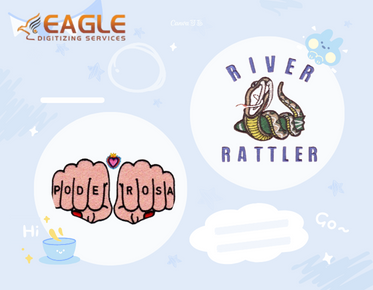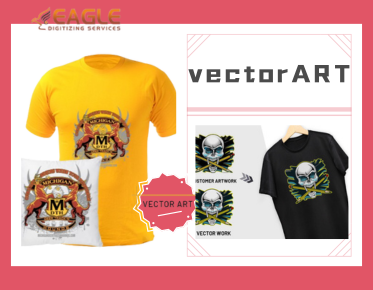How to Take an Order for Hand Embroidery Designs
Taking an order for hand embroidery designs involves a series of steps that ensure both the customer and the service provider are on the same page regarding the design, materials, and delivery expectations. This process is crucial for maintaining customer satisfaction and ensuring the final product meets the client's expectations. In this guide, we will explore the essential steps involved in taking an order for hand embroidery designs, from initial consultation to final delivery.
Initial Consultation
The first step in taking an order for hand embroidery designs is to conduct an initial consultation with the client. This can be done in person, over the phone, or via email. During this consultation, you should gather all necessary information about the client's needs and preferences. Key details to discuss include the type of embroidery design, the intended use of the embroidered item, the preferred colors and materials, and any specific design elements the client wants to include.
Design and Artwork Submission
Once you have a clear understanding of the client's requirements, the next step is to create or obtain the design artwork. If the client has a specific design in mind, they should provide a high-quality image or sketch. If not, you may need to work with a designer to create a custom design that meets the client's specifications. It's important to ensure that the artwork is clear and detailed, as this will directly impact the quality of the final embroidery.
Quotation and Approval
After the design has been finalized, you should provide the client with a detailed quotation. This should include the cost of materials, labor, and any additional services such as embroidery digitizing. Be transparent about pricing and any potential additional costs that may arise. Once the client approves the quotation, you can proceed with the order.
Order Confirmation and Payment
With the client's approval, it's time to confirm the order and arrange for payment. This step typically involves sending an order confirmation that outlines all the details of the project, including the design, materials, timeline, and total cost. Payment terms should be clearly stated, and you may require a deposit or full payment upfront, depending on your business policy.
Production Process
Once the order is confirmed and payment is received, the production process can begin. This involves preparing the materials, setting up the embroidery machine (if applicable), and starting the embroidery work. If you are using a service like Eagle Digitizing, they will handle the digitization of the design, ensuring it is ready for embroidery. Their expertise in embroidery digitizing ensures that the design is accurately translated into stitches, minimizing thread breakage and ensuring smooth sew-outs.
Quality Control and Final Adjustments
Before delivering the final product to the client, it's essential to conduct a thorough quality control check. Inspect the embroidery for any errors or inconsistencies and make any necessary adjustments. This step is crucial for maintaining high standards and ensuring customer satisfaction. If any issues are found, address them promptly to avoid delays in delivery.
Delivery and Follow-Up
Once the embroidery is complete and has passed quality control, it's time to deliver the finished product to the client. Depending on the client's preference, this can be done in person, via mail, or through a courier service. After delivery, follow up with the client to ensure they are satisfied with the final product and address any feedback they may have. This step helps build a strong relationship with the client and can lead to repeat business and referrals.
Leveraging Technology for Efficiency
In today's digital age, leveraging technology can greatly enhance the efficiency of taking orders for hand embroidery designs. Online platforms and software can streamline the process, from design submission to payment and delivery. For instance, using an online embroidery digitizing service can save time and ensure high-quality results. These services convert artwork into digital files that embroidery machines can read, making the production process faster and more accurate.
Conclusion
Taking an order for hand embroidery designs is a detailed process that requires careful attention to detail and clear communication with the client. By following the steps outlined in this guide, you can ensure a smooth and successful order process that meets the client's expectations and delivers a high-quality final product. As the embroidery industry continues to evolve, staying informed about the latest technologies and techniques will be key to maintaining a competitive edge and providing exceptional service to your clients.



.png)